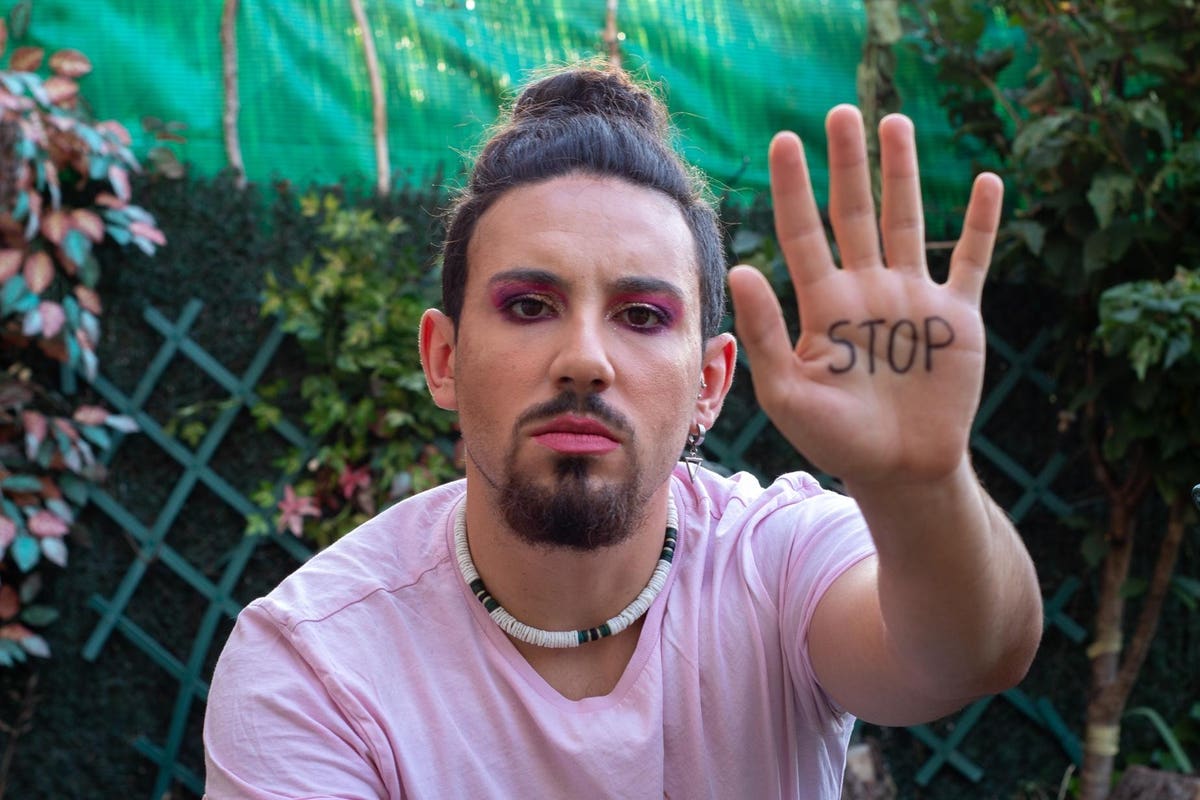A new survey from the Anti-Defamation League (ADL), released on Tuesday, found that over the past year, online hate and harassment rose sharply for adults and teens ages 13-17. Among adults, more than half (52%) reported being harassed online in their lifetime, the highest number the ADL had seen in four years, up from 40% in 2022.
Moreover, adults and teens reported being harassed online within the past year, up from 23% in 2022 to 33% in 2023 for adults and 36% to 51% for teens.
The increased harassment was seen in almost all demographics, with rates of incidents high among minorities, while nearly half of those in the LGBTQ+ community (47%) said they had experienced online hate or harassment in the prior 12 months.
Technology that should allow individuals to find a community is instead making it all too easy for them to become the victim of harassment.
“It’s no secret we are in a polarized society, where online ‘debates’ quickly become free-for-alls,” warned Susan Campbell, distinguished lecturer in the Department of Communication, Film and Media Studies in the College of Arts & Sciences at the University of New Haven.
“I keep coming back to the idea that we have this fabulous technology that was supposed to make us all citizens of a global village, but that assumed that we would all behave ourselves,” explained Campbell. “Instead, we just sort of jumped off the cliff and started posting and reposting and liking and sharing with the scant notion of the responsibility this kind of speech entails.”
Online Is Far From A Safe Haven
Robert Conner of Scott Circle Communications, an LGBTQ+ activist, explained that transgender youth who are bullied at school or feel ostracized by family members often turn to online spaces for an accepting experience they don’t have in real life.
Yet, it is hardly a safe space.
In fact, as a report from GLAAD also noted last month, all of the major social media platforms have done a poor job at protecting LGBTQ+ users from hate speech and harassment. In its annual Social Media Safety Index, GLADD gave Facebook, Instagram, TikTok, YouTube and Twitter low or failing scores—even as there was mostly some improvement from last year.
“Going online offers pockets of opportunities for a safe haven where transgender youth can join LGBTQ forums, read blogs, and connect with like-minded people,” said Conner. “However, despite how the Internet might be the only safe space a transgender person can access, it’s also the space where over three-quarters of transgender people, according to The ADL, endure hate speech. This paradox is alarming. LGBTQ people, especially transgender youth of color, need to live freely without their safety in constant jeopardy, but the reality is a society where harms prevail online and offline, which makes countless people feel like they have nowhere to turn.”
In many ways, it is a double-edged sword. Transgender youth may go online because the Internet can provide a layer of anonymity, which may allow them to feel safe and even be their authentic selves.
“Tragically, this anonymity also protects the harassers who hide their identity and act with such hate that would not be possible through in-person attacks,” warned Conner. “The solutions to the problem of record-high online LGBTQ harassment must consider the root causes of why harassers feel fueled to go online in the first place. If there were fewer anti-transgender and anti-LGBTQ politicians and bills, then there would be less of a media spotlight amplifying the hateful rhetoric, and therefore fewer reasons for people to feel that it’s acceptable to spread hatred online.”
An All-Year Problem
“Pride Month” might be over but the struggles that some in the community deal with continue year-round—especially online. In fact, there may be a concern that as the calendar flipped to a new month, and the rainbow flags come down, the mainstream media could move on, while online hate will continue.
“As Pride Month concludes, public health practitioners and scholars, community members and leaders, must remain committed to supporting the free and equitable access to rights and privileges of members of the LGBTQ+ community the other eleven months of the year,” said Dr. Susan Cheng, associate dean for public health practice and diversity, equity and inclusion at the Tulane University School of Public Health and Tropical Medicine.
“There has been scholarly speculation about the root causes of this increasing tidal wave of hate speech, but ultimately, the solutions remain the same,” added Cheng. “We must call it out where we see it and hear it. We must condemn the nature and content of hate speech. And we must work diligently to protect and secure the rights of all individuals of our communities to life, liberty, and the pursuit of happiness.”
Yet, that is unlikely to happen anytime soon—as social media platforms thrive when there is dissent. Anti-social activity means more engagement, and that’s simply good business.
“Look for even more of a ‘Wild, Wild West feel to online speech, where marginalized populations run the risk of being marginalized even more should they wander online,” said Campbell. “Until we figure out how to teach media literacy and adult responsibility, we will always have trolls who wander out from under a bridge and create online havoc. Until we figure out how to protect and preserve First Amendment rights and better define hateful online speech, look for more of the same.”
Read the full article here




